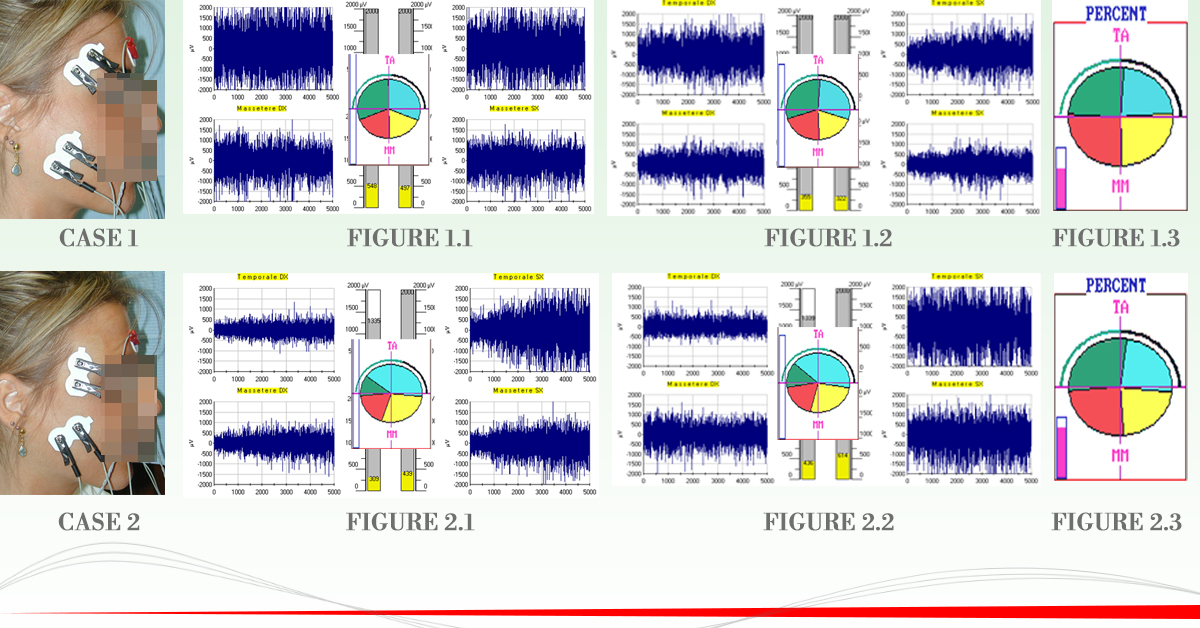Additional advantages of normalization
Break down the influence of errors
The normalization of the electromyographic measurement not only allows to understand how much a muscle is involved with respect to its maximum capacity of contraction (see the article WHAT MEANS TO NORMALIZE within this blog) but also allows to improve the repeatability of the measures.
To better understand this further advantage, some concepts must be defined:
- the measurement taken as a reference is a simple measure and as such is subject to all the typical biological (age, sex, skeletal morphology, tissue conductivity, asymmetries) and technical (electrodes placement, cross-talk phenomena, parafunctions, statistical errors) variables that influence this type of quantities analyzed.
- the test measurements are also simple measures, and consequently they are also influenced in the same quantity by the above-mentioned variables.
In light of this it is clear that a standardization procedure certainly does not eliminate errors that may alter the measurements made, but allows to minimize their influence in terms of evaluation of the results obtained. Any errors present would affect the reference values in the same way as the test values, thus making the normalized values devoid of these influences.
Example
In the above example we assume the hypothesis that between the two contraction exercises (Case 1 and Case 2) to change is only one variable, that is the positioning of the right electrodes.
As shown in the image, the electromyographic traces of the reference measurements (Figure 1.1 and 2.1) and of the test measurements (Figures 1.2 and 2.2) are different. This is because by changing the position of the electrodes, with the same muscular contractile capacity, and therefore with the same intrinsic electrical activity generated, the electrical activity actually detected by the electrodes placed on the skin has changed.
In pie charts superimposed on the previously mentioned electromyographic paths, this is even more evident. The positioning of the electrodes has changed the recruitment ratios detected during the acquisitions, influencing both the reference measure and the measure of tests that we remember, both are pure measures and therefore subject to changes due to biological and technical variables, in this specific case the position of the electrodes. Over time, however, the amount of adipose tissue, the soft tissue impedance, the contractile capacity of the muscles, etc. can also change.
However, observing Figures 1.3 and 2.3 (the normalized test measurements) it is clear that the reference measurement and the test measurement have been influenced in the same way by the different positioning of the electrodes, the normalized test is very similar in Cases 1 and 2.
Introduction of a comparative analysis method
In conclusion, the normalization of the electromyographic measurement allows:
- to understand how much a muscle is involved with respect to its maximum capacity of contraction;
- reduce the influence of errors during measurement acquisition processes;
- obtaining normalized values comparable over time and between different subjects.
Working with reliable control criteria, it is possible to modify only one of the variables that we know how to influence the measurements we make, identifying, thanks to the normalized measures, its real impact at the level of the electromyographic patterns.

